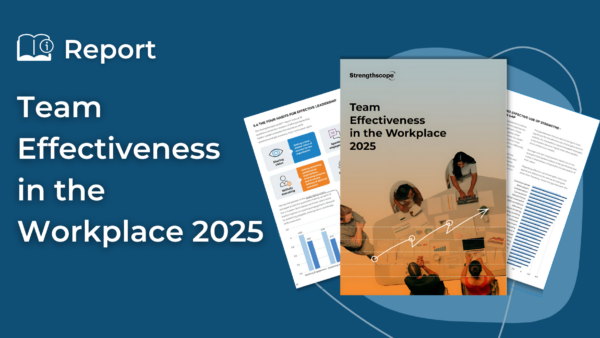Our mindset, or how we view the world, determines the words we use and these in turn impact the type of work culture we create. So, a leader or HR person who focuses on the negatives and emphasizes weaknesses, problems and issues, will end up creating a negative and demotivating work climate (see diagram below). Conversely, a positive and upbeat leader who focuses on strengths, successes, solutions and possibilities, will create a positive culture where people feel valued, motivated and empowered. Below are practical tips to ensure your language and actions are positive, inclusive and empowering:
Avoid the negativity trap
We are surrounded by negative events, news and poor role models at work and in public life who practice fear-based leadership. It is hardly surprising then that leaders and HR professionals fall into this negativity trap where their words, actions and style are guided by a negative narrative characterized by pessimism and negativity. While this type of leadership can be useful in very specific situations (e.g., when the company is in a crisis and needs to be quickly turned round), the vast majority of leadership situations require a more positive and solutions-focused approach.
Research shows that even if leaders are naturally pessimistic and critical, they can consciously choose to be more positive. After a few months of disciplined practice, new habits will develop around this more positive mindset. Specific ideas to help leaders shift their mindset to focus on the positives include:
- Keeping a diary of what went well during each day and how these achievements can be built upon
- Discovering and valuing the strengths of your people and helping them optimise these using a scientifically designed strengths profiler like Strengthscope®
- Starting every team meeting by inviting members to share their successes since the last meeting as well as support they need to achieve even better results
- Calling on more optimistic and positive co-workers to help balance their pessimism and critical thinking
Choose your words carefully
Expressions such as “toxic person”, “dark side of their personality”, “he’s a jerk” and “they’re lazy” are still abound in organisations today. These type of expressions are negatively loaded, unfair and judgemental. They are underpinned by a mindset that is negatively biased and pessimistic, one that views employees through a negative “Theory X” set of beliefs. This motivation theory, put forward by the late Professor Douglas McGregor while at the MIT Sloan School of Management, says that leaders and managers guided by Theory X assumptions assume employees are inherently lazy, lacking in ambition and are not naturally goal oriented. Is this the way you want your employees to view you? It is obvious to see that this mindset is a sure recipe for disengagement, poor performance and a mass talent exodus.
Remember the strengths and skills you valued when you hired an employee if you are frustrated or disappointed with them. We often hire for strengths, then forget the person’s strengths, managing them only to improve weakness. If you have a genuine concern or complaint, communicate it honestly, with care, consideration and objectivity.
Know what triggers your negativity and pivot
It is important to understand your mindset at any point in time, and to understand the implications of your beliefs and attitudes on your performance and that of others who you work with. Identifying specific triggers (people, events, etc.) that trigger negative feelings and move you to the Path of Limitation will enable you to pivot and stay on the performance-enhancing Path of Possibility.
Find a safe outlet for emotions which might come over as negative
Maintaining a positive mindset as a leader doesn’t mean you need to be happy and upbeat all the time. As was well illustrated by the recent Pixar movie, Inside Out, every human emotion – including sadness and anger – has a role to play in ensuring success, productive interpersonal relations and wellbeing.
A more positive leadership approach doesn’t encourage people to suppress emotions of any kind. It highlights the need to remain aware of them and the implications for a leader’s behaviour and results. So, if a leader is upset, frustrated or angry, we encourage them to talk about these feelings in an open and constructive way and focus on finding solutions with the help of a coach, mentor or their manager. This enables them to deal with these emotions more quickly and constructively.
The language and actions leaders and HR use everyday shape the type of work culture they create. Research consistently shows that leadership and work culture have a significant impact on the quality of customer experiences as well as financial results and market value of the organisation. Leaders who use positive and empowering language will create a culture of strengths, solutions successes and high performance, while those who pursue a fear-based culture focused on negativity will undermine hope, motivation, confidence and performance, resulting in lasting damage and terminal decline.
James Brook










